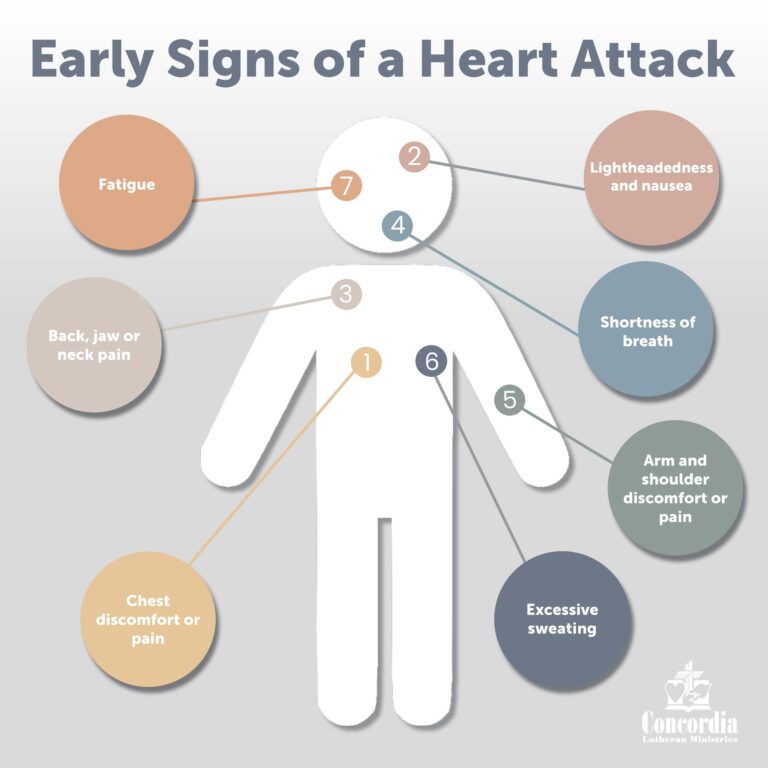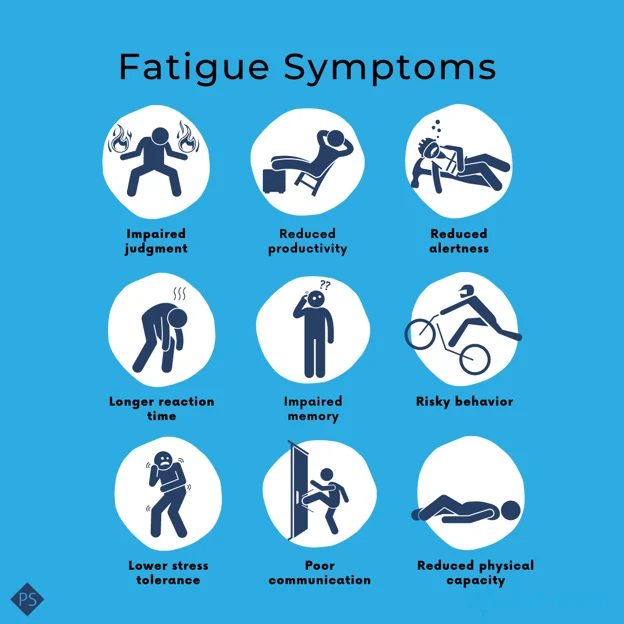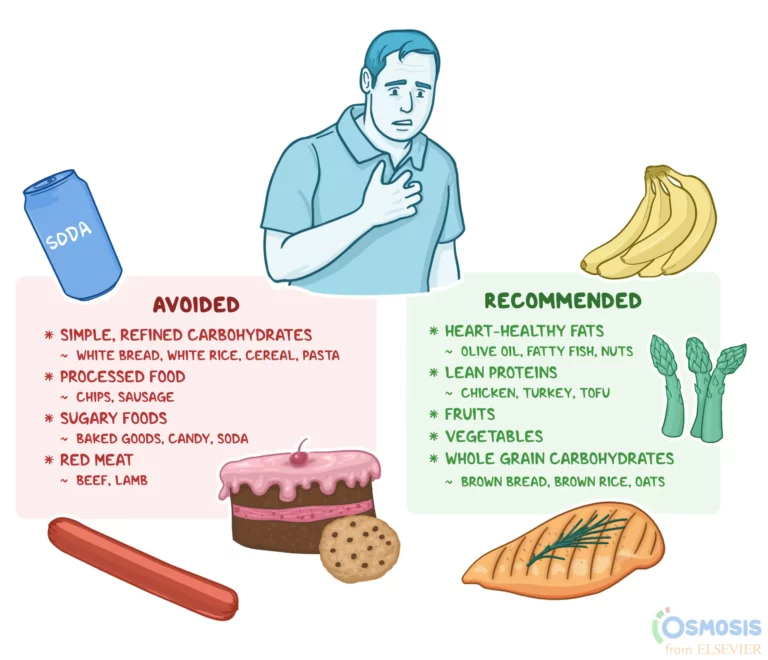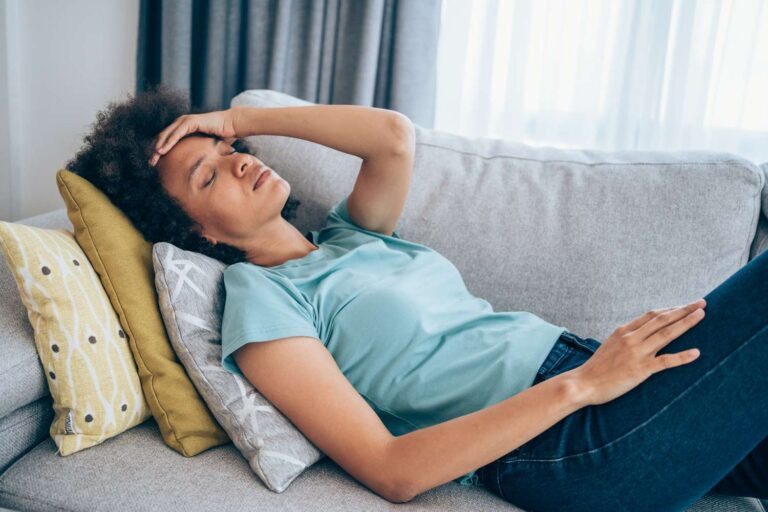Shortness of Breath
Shortness of breath, medically termed dyspnea, is a sensation of difficult or uncomfortable breathing. It can range from mild and temporary to severe and chronic, often indicating underlying health issues. This article delves into the causes, treatments, and essential products that can aid in managing and alleviating shortness of breath.
Common Causes of Shortness of Breath
Respiratory Conditions
Respiratory ailments are among the primary culprits behind shortness of breath. Conditions such as asthma, chronic obstructive pulmonary disease (COPD), pneumonia, and pulmonary embolism can obstruct airflow or impair gas exchange, leading to breathing difficulties.
Cardiovascular Issues
The heart and lungs work in tandem to oxygenate the body. Heart-related problems like heart failure, arrhythmias, and cardiomyopathy can compromise this process, resulting in dyspnea. Mayo Clinic
Other Contributing Factors
Beyond respiratory and cardiac causes, factors such as anemia, anxiety disorders, obesity, and deconditioning can also lead to shortness of breath. Environmental triggers like allergens, pollutants, and extreme temperatures may exacerbate symptoms. Medical News Today
Recognizing Symptoms and When to Seek Medical Attention
Identifying Warning Signs
Shortness of breath may present alongside other symptoms, including:
- Chest pain or tightness
- Wheezing or coughing
- Fatigue or dizziness
- Rapid breathing or heart ratePivot Healthcare Company, LLCWebMD+12Healthdirect+12SELF+12
These accompanying signs can help pinpoint the underlying cause and determine the urgency of medical intervention.
Urgent Situations Requiring Immediate Care
Seek emergency medical attention if shortness of breath is sudden, severe, or accompanied by:
- Chest pain
- Fainting
- Nausea
- Bluish tinge to lips or nails
- Altered mental stateMayo Clinic
These symptoms may indicate serious conditions like heart attacks or pulmonary embolisms. Mayo Clinic
Effective Treatments and Lifestyle Adjustments
Medical Interventions
Treatment strategies depend on the root cause of dyspnea:Health
- Medications: Bronchodilators and corticosteroids can alleviate airway inflammation in conditions like asthma and COPD. Cleveland Clinic
- Oxygen Therapy: Supplemental oxygen may be prescribed for individuals with chronic lung diseases to ensure adequate oxygenation.
- Pulmonary Rehabilitation: Structured programs combining exercise, education, and support can enhance lung function and quality of life. support-plus.med.hku.hk+11lung.org+11Medical News Today+11
Home Remedies and Lifestyle Changes
In addition to medical treatments, certain home remedies and lifestyle adjustments can provide relief:Medical News Today+1Healthline+1
- Breathing Exercises: Techniques like pursed-lip and diaphragmatic breathing can improve ventilation efficiency.
- Positioning: Sitting upright or leaning forward can ease breathing by reducing pressure on the lungs.
- Use of Fans: Cool air from a fan directed at the face can alleviate the sensation of breathlessness. WebMD
- Regular Exercise: Engaging in physical activity can strengthen respiratory muscles and enhance overall endurance.
Top Products to Manage and Alleviate Shortness of Breath
Pulse Oximeter
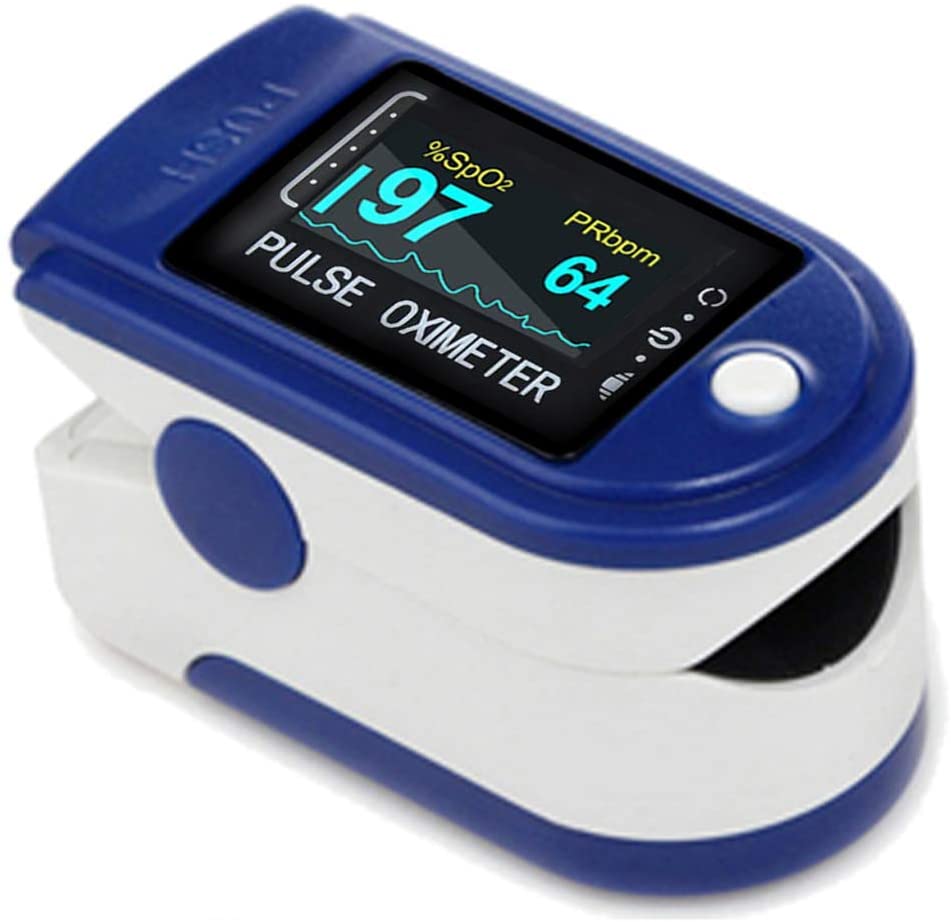
A pulse oximeter is a non-invasive device that measures blood oxygen saturation levels and pulse rate. Regular monitoring can help detect hypoxemia early, allowing timely interventions.
Product Recommendation:
Pulse Oximeter Original/Alat Saturasi Oksigen
Nebulizer Machine
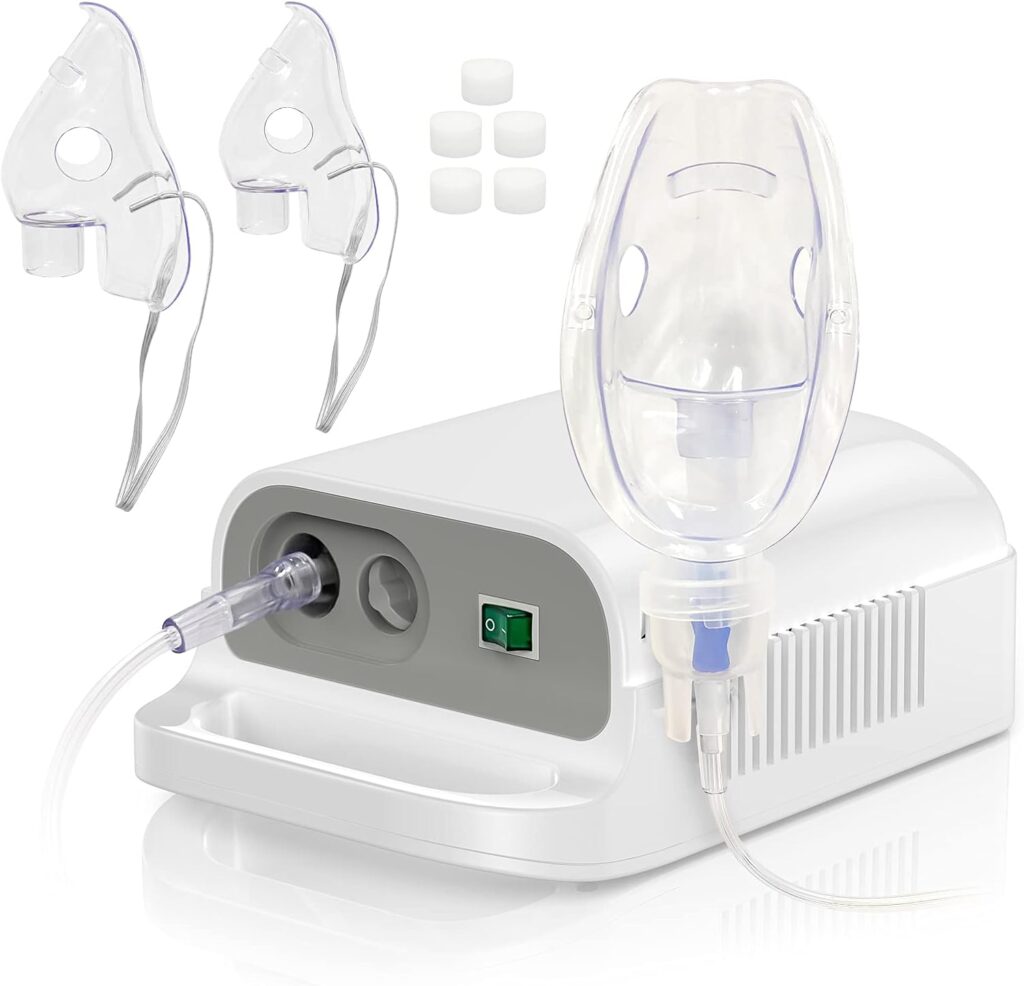
Nebulizers convert liquid medication into a fine mist, facilitating direct delivery to the lungs. They are especially beneficial for individuals with asthma, COPD, or other respiratory conditions.
Product Recommendation:
Omron NE-C28 Nebulizer
Portable Oxygen Concentrator
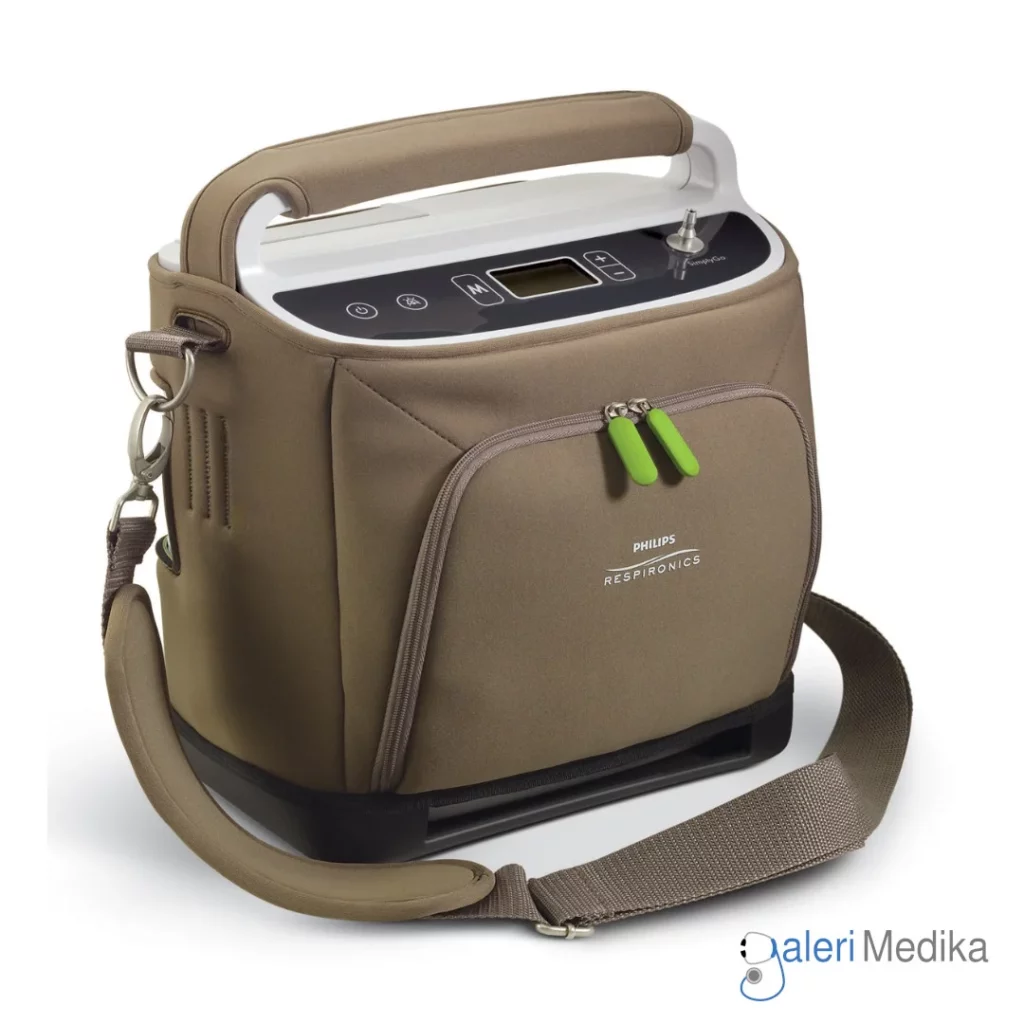
Portable oxygen concentrators provide supplemental oxygen, enhancing mobility and independence for individuals requiring oxygen therapy.
Product Recommendation:
Yuwell Homecare YU300 Oxygen Concentrator
Smart Air Purifier
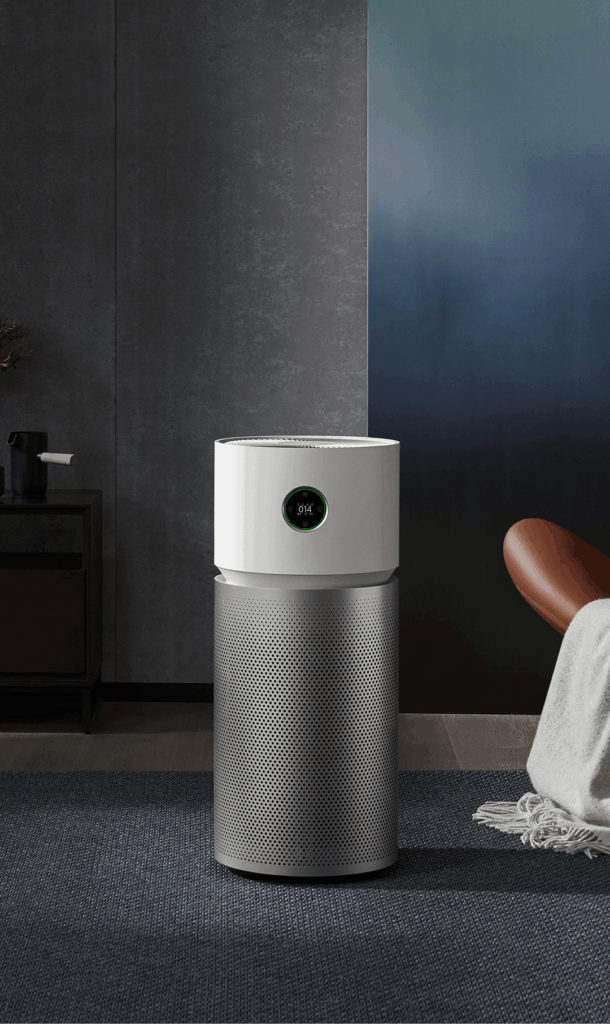
Air purifiers remove airborne pollutants, allergens, and particulate matter, improving indoor air quality and reducing respiratory irritants.
Product Recommendation:
Xiaomi Smart Air Purifier 4 Lite EU
Breathing Training Device
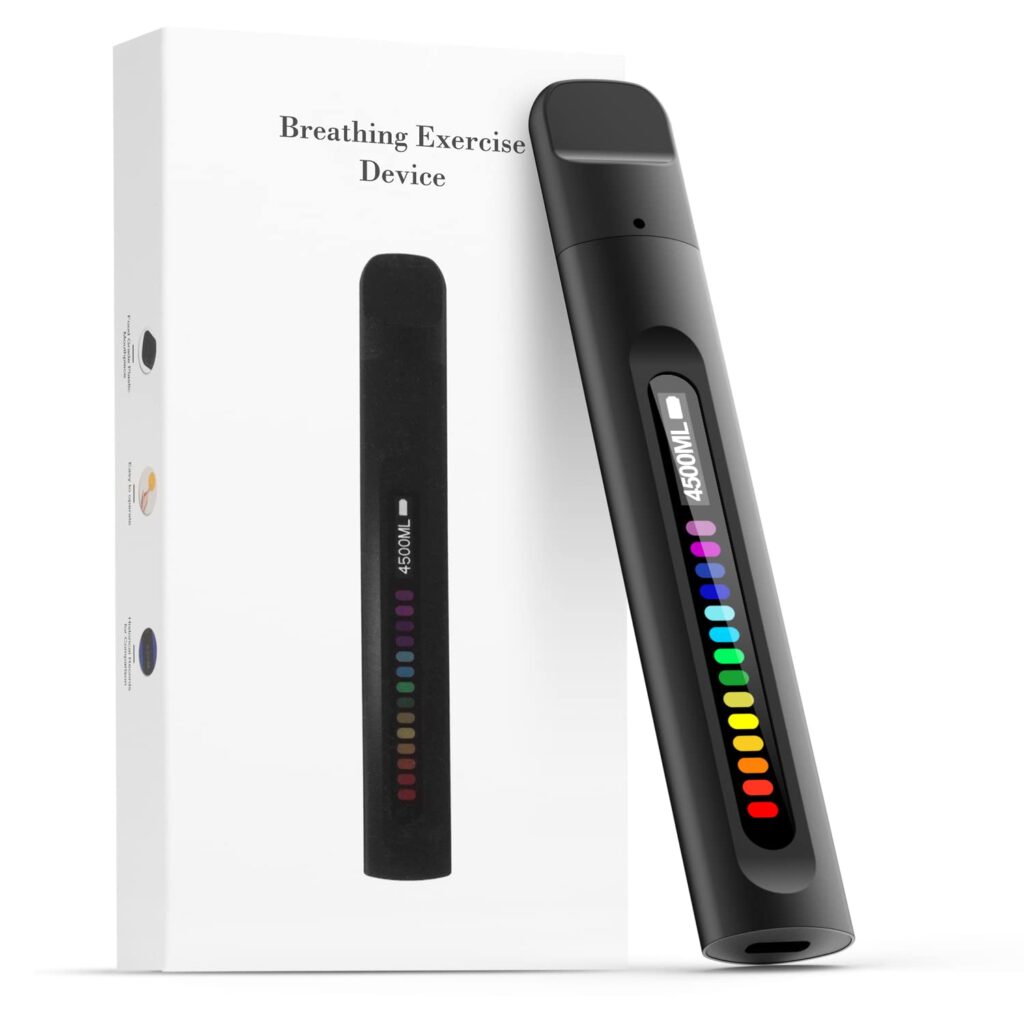
Breathing training devices strengthen respiratory muscles, enhance lung capacity, and improve breathing efficiency, benefiting individuals with chronic respiratory conditions.
Product Recommendation:
Pulmonary Function Breathing Training Device Exercise Lung
Benefits of Utilizing These Products
Enhanced Monitoring and Early Detection
Devices like pulse oximeters enable continuous monitoring of oxygen levels, facilitating early detection of hypoxemia and prompt medical intervention.
Improved Medication Delivery
Nebulizers ensure efficient delivery of medications directly to the lungs, providing rapid relief from bronchoconstriction and inflammation.
Increased Mobility and Independence
Portable oxygen concentrators allow individuals requiring oxygen therapy to maintain an active lifestyle without being confined to stationary oxygen sources.
Better Indoor Air Quality
Air purifiers reduce exposure to allergens and pollutants, minimizing respiratory triggers and promoting healthier breathing environments.Walgreens
Strengthened Respiratory Muscles
Breathing training devices enhance respiratory muscle strength and endurance, leading to improved breathing patterns and reduced dyspnea episodes.
Real-World Applications and Use Cases
- Asthma Management: Individuals with asthma can benefit from nebulizers and pulse oximeters to manage acute episodes and monitor oxygen levels.
- COPD Support: Portable oxygen concentrators and breathing training devices assist COPD patients in maintaining oxygenation and improving respiratory function.
- Allergy Relief: Air purifiers help reduce indoor allergens, providing relief for individuals with allergic rhinitis or asthma triggered by environmental factors.
- Post-COVID Recovery: Patients recovering from COVID-19 may use pulse oximeters to monitor oxygen saturation and breathing training devices to rebuild lung capacity.
Purchasing and Accessibility
These products are available through various online platforms and medical supply stores. It’s essential to consult with healthcare professionals before purchasing to ensure suitability and proper usage.
Product Links:
- Pulse Oximeter Original/Alat Saturasi Oksigen
- Omron NE-C28 Nebulizer
- Yuwell Homecare YU300 Oxygen Concentrator
- Xiaomi Smart Air Purifier 4 Lite EU
- Pulmonary Function Breathing Training Device Exercise Lung
Frequently Asked Questions
Q1: Can anxiety cause shortness of breath?
A: Yes, anxiety can lead to hyperventilation and a sensation of breathlessness. Breathing exercises and relaxation techniques can help manage these symptoms.
Q2: How can I differentiate between cardiac and pulmonary causes of shortness of breath?
A: While both can present similarly, cardiac-related dyspnea often accompanies chest pain or swelling in the legs, whereas pulmonary causes may present with wheezing or coughing. Medical evaluation is essential for accurate diagnosis.
Q3: Are there preventive measures to avoid shortness of breath?
A: Maintaining a healthy lifestyle, avoiding smoking, managing chronic conditions, and reducing.

